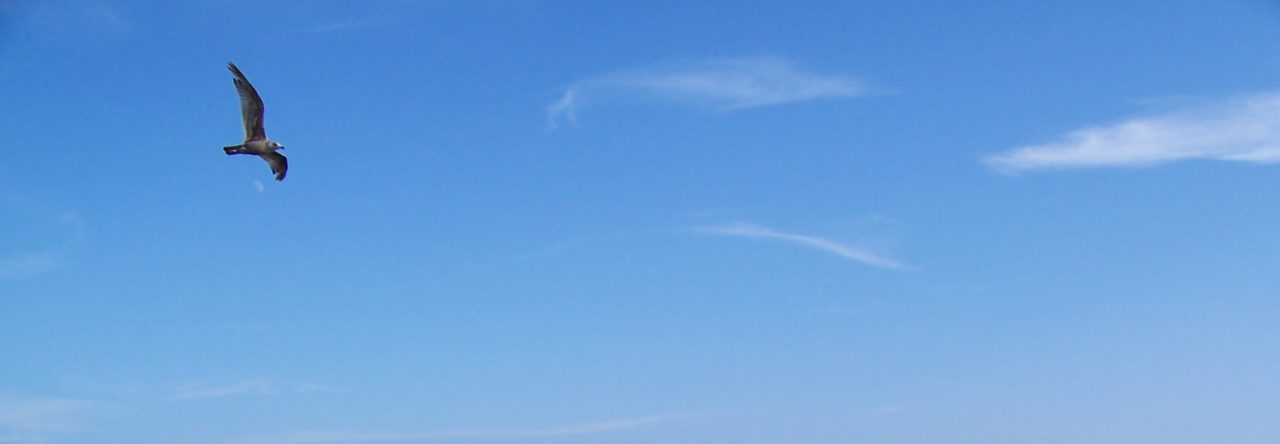
Recently I took a 7-week walkabout to 12 cities in Europe. My third stop was Berlin, Germany. The trip from Hamburg to Berlin was an easy one, with nothing but beautiful countryside until about an hour away. I stayed in a private room at the Generator Hostel in Mitte, so I was within easy walking distance of everything I wanted to see.

I decided to start my exploration of Berlin with a four hour Discover Berlin walking tour with Original Berlin Walks (www.berlinwalks.de). Our English-speaking tour guide, Sam Z, really knew the history of the city and had interesting stories wherever we went. Of the twenty or so people on the tour, I was the only American and we represented about seven different countries. It was interesting to hear all the different perspectives about what we were seeing. Our tour covered about two dozen places including Bradenburg Gate, Museum Island, the TV tower, Unter den Linden, the location of Hitler’s Bunker, and the Berlin Cathedral.

Berlin Cathedral 
Bradenburg Gate 
TV Tower 
Unter den Linden
Two places really stood out for me. The first was Bebelplatz which was the scene of the Nazi book burning in 1933. The German Student Union burned 20,000 books which were considered subversive or represented ideologies that were opposed to Nazism. Examples included books by Jewish authors, pacifists, religious leaders, liberals, socialists, and communists. The memorial includes a view into an underground room that has empty shelves. On the day we were there, the Berlin Outdoor Library was set up on the site, providing floor cushions, seating, umbrellas, and books for readers of all ages.

The second place was the Memorial to the Murdered Jews of Europe (aka Holocaust Memorial). From the street, the memorial designed by architect Peter Eisenman and engineer Buro Happold, looks like a non-descript grid of over 2,700 dark gray slabs. We were instructed to walk through the memorial for 15 -20 minutes and then gather on the other side for a discussion of our experience. As you enter, you quickly realize that the path between the slabs undulates and significantly slopes downward as you head towards the center. Soon the slabs are soaring 10 feet over your head and you only get glimpses of other people as they cross the grid or briefly share the path. The space between the slabs is narrow and the path is uneven and flowing, giving the feeling of being off balance. I found myself feeling trapped, isolated, and confused. The others in the tour had similar feelings and some speculated that the memorial was designed to let the visitor interpret the memorial in their own way.
I couldn’t help but notice the unique symbols on the walk lights. Our guide told us about the Amplemann. These symbols were developed in East Germany in an effort to increase compliance by using symbols that were more understandable by young and old alike. When Germany unified, there was a movement to save these important symbols because they were effective, and also were a positive artifact from East German life. The duo is so popular they have cult status and their own souvenir stores throughout the city.


Source: Wikipedia
Berlin has some amazing museums and many to choose from. The German History Museum was an excellent study of the history of Germany. Each exhibit was in a free-standing glass container that were arranged chronologically, and moveable partitions created a serpentine path through the various sections. Throughout the exhibit, there was a lot of information presented in both German and English. When I was done, I felt like I had read an entire history book.
The DDR museum is an interactive museum about everyday life in East Germany. Visitors get to see what an apartment looked like, see what people did for recreation, what food they ate, what they wore, and many other aspects of daily life. It’s a relatively small museum, but extremely well done and satisfied my curiosity about life in Eastern Germany.
The Berlin Wall Memorial extends for almost a mile along the actual location of the wall on Bernauer Strasse. There is a visitor center with some excellent historical information and an attached viewing platform so you can see from above what a section of the wall looked like on both sides. Certain parts of the actual wall are preserved, and a series of metal slats denote where other parts of the wall were located. Along the open-air exhibit that runs along the wall path, there are photos, written accounts, and recordings telling details of the area. In the early days of the wall construction, the houses along Bernauer Strasse offered a unique opportunity for escape because people could enter the houses on the Eastern side and jump out the windows on the Western side. The police quickly destroyed the houses, but the area later became the location of several tunnels, and to me an epicenter of the desperation the people on both sides faced.

Modern day Berlin is a very pleasant city to visit. People are friendly and it has a very international vibe. I was also impressed with how open the citizens and institutions are about the city’s unfortunate place in world history and the efforts made to learn from the past and move forward. There are so many more things I would like to experience in Berlin and I hope to return on future travels.









Leave a Reply